
This photomontage taken on April 21, 2023 shows the night sky above LHAASO in Daocheng County, southwest China's Sichuan Province. (Xinhua/Jin Liwang)
BEIJING, May 10 (Xinhua) -- China's Large High Altitude Air Shower Observatory (LHAASO), a high-altitude cosmic ray observatory, passed national acceptance procedures on Wednesday, according to the Chinese Academy of Sciences (CAS).
LHAASO, covering an area of 1.36 square kilometers located 4,410 meters above sea level in Daocheng County, southwest China's Sichuan Province, is one of the country's key national science and technology facilities.
According to CAS, the observatory is designed to explore the mysteries of the universe by observing cosmic rays.
Discovered in 1912, cosmic rays are still an enigma. They are direct samples of matter from outside the solar system. Physicists are still pondering where they come from and how they can accelerate to ultra-high energies.
"Cosmic rays carry important scientific information about the origin of the universe, the evolution of celestial bodies, and solar activity," said Cao Zhen, chief scientist at LHAASO and a researcher at the Institute of High Energy Physics under CAS. He said that studying cosmic rays and their origins is an important way for human beings to explore the universe.
The construction of the main part of the observatory began in 2017 and was completed in 2021. With the unique advantages of a high altitude and key core technologies, LHAASO has become the most sensitive ultra-high-energy gamma-ray detector installation in the world, according to CAS.
LHAASO has made significant scientific breakthroughs during its initial operation. About 215 journal papers and 156 conference papers on the project have been published.
Based on the observations of LHAASO, Chinese scientists have discovered many ultra-high-energy cosmic accelerator candidates in the Milky Way and detected the highest energy photon ever recorded.
Using the observatory, Chinese scientists have also measured the brightness of the Crab Nebula, regarded as a standard candle in the universe in the ultra-high energy range, and discovered gamma rays with energies over one quadrillion electron volts, which challenges the theoretical limit.
According to CAS, LHAASO is open to both domestic and international users. So far, 28 astrophysical research institutions are members of the international collaborative group of LHAASO.
The group uses LHAASO observations to conduct particle astrophysics research and fundamental research in numerous fields, such as cosmology, astronomy, and particle physics. ■
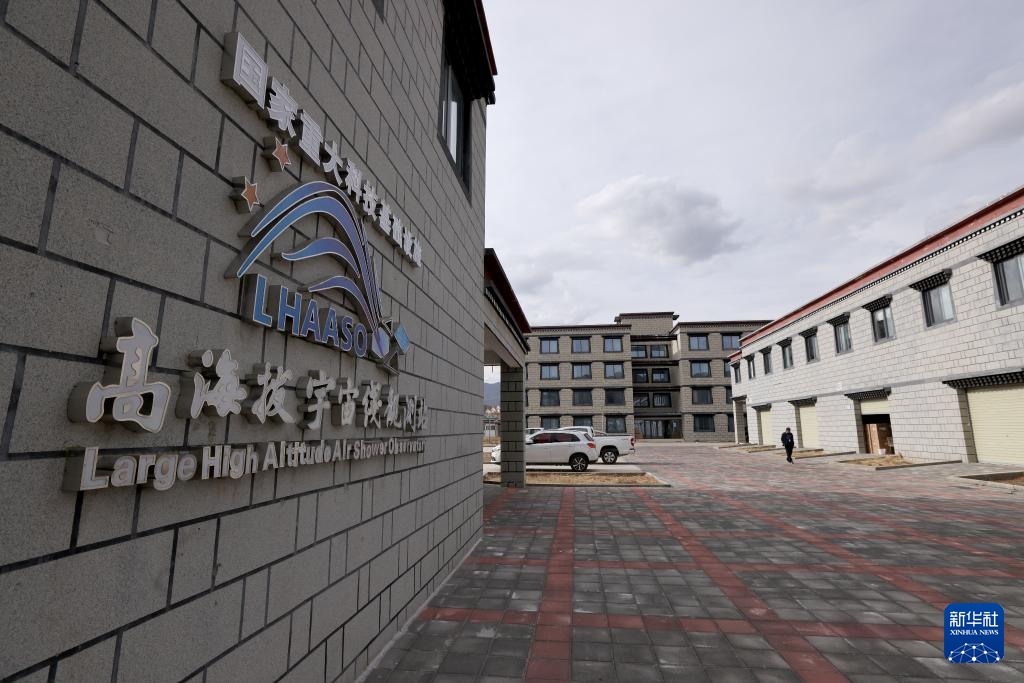
This photo taken on April 22, 2023 shows the observation and control base of LHAASO in Daocheng County, southwest China's Sichuan Province. (Xinhua/Jin Liwang)

This photo taken on April 22, 2023 shows a data center of LHAASO in Daocheng County, southwest China's Sichuan Province. (Xinhua/Jin Liwang)
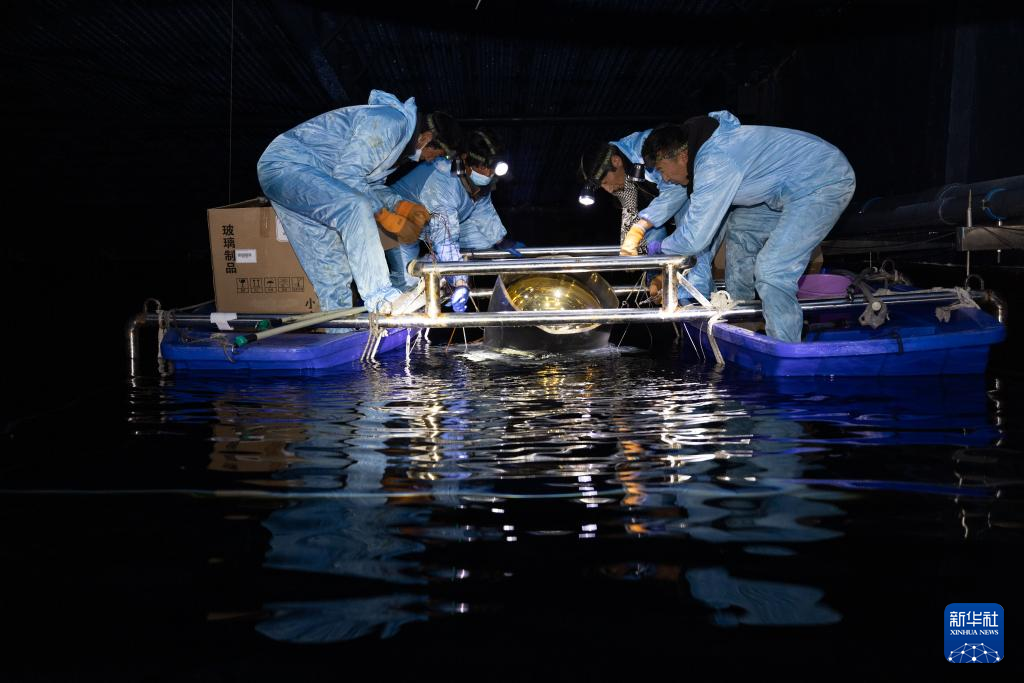
Researchers change parts of scientific devices in a pool of the Water Cherenkov Detector Array of LHAASO in Daocheng County, southwest China's Sichuan Province, April 21, 2023. (Xinhua/Jin Liwang)
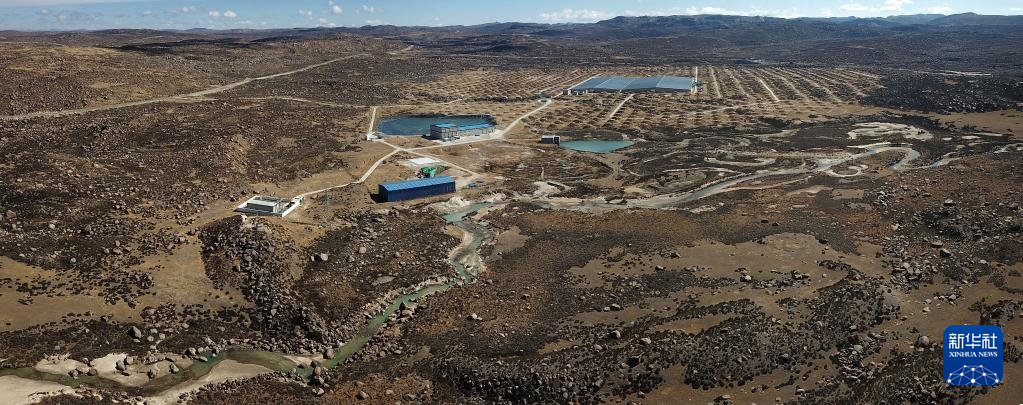
This aerial panorama photo taken on April 21, 2023 shows LHAASO in Daocheng County, southwest China's Sichuan Province. (Xinhua/Jin Liwang)
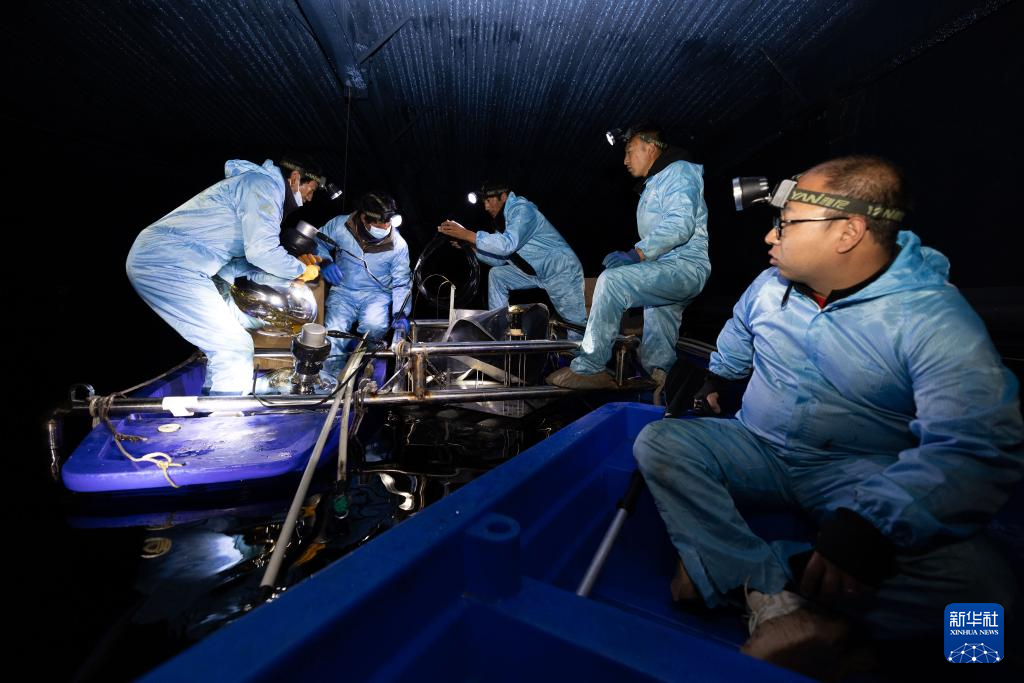
Researchers change parts of scientific devices in a pool of the Water Cherenkov Detector Array of LHAASO in Daocheng County, southwest China's Sichuan Province, April 21, 2023. (Xinhua/Jin Liwang)
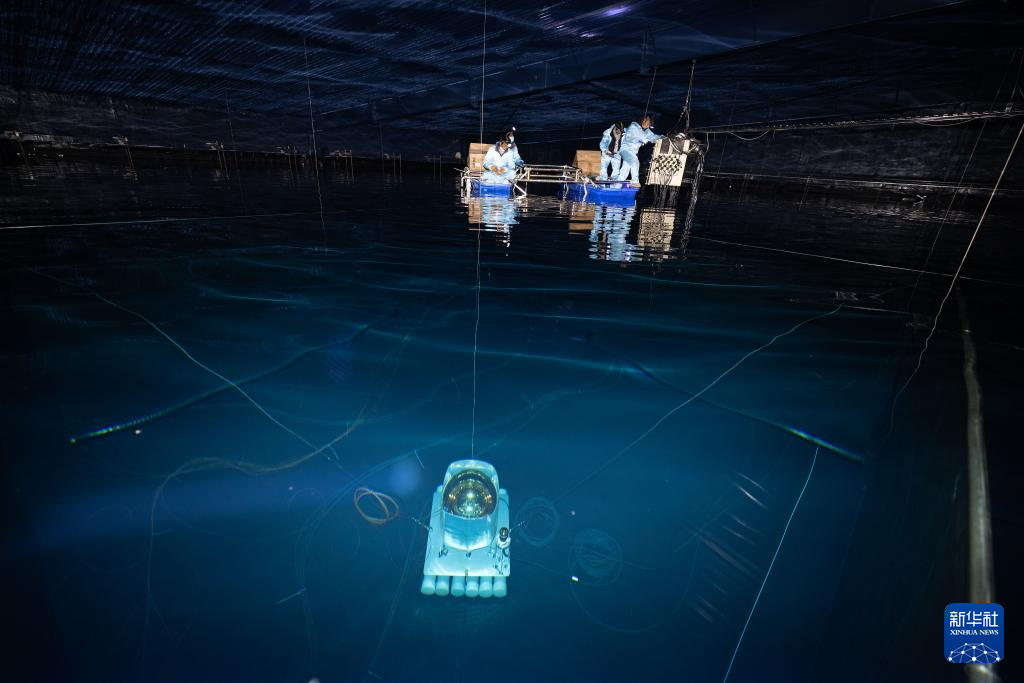
Researchers change parts of scientific devices in a pool of the Water Cherenkov Detector Array of LHAASO in Daocheng County, southwest China's Sichuan Province, April 21, 2023. (Xinhua/Jin Liwang)
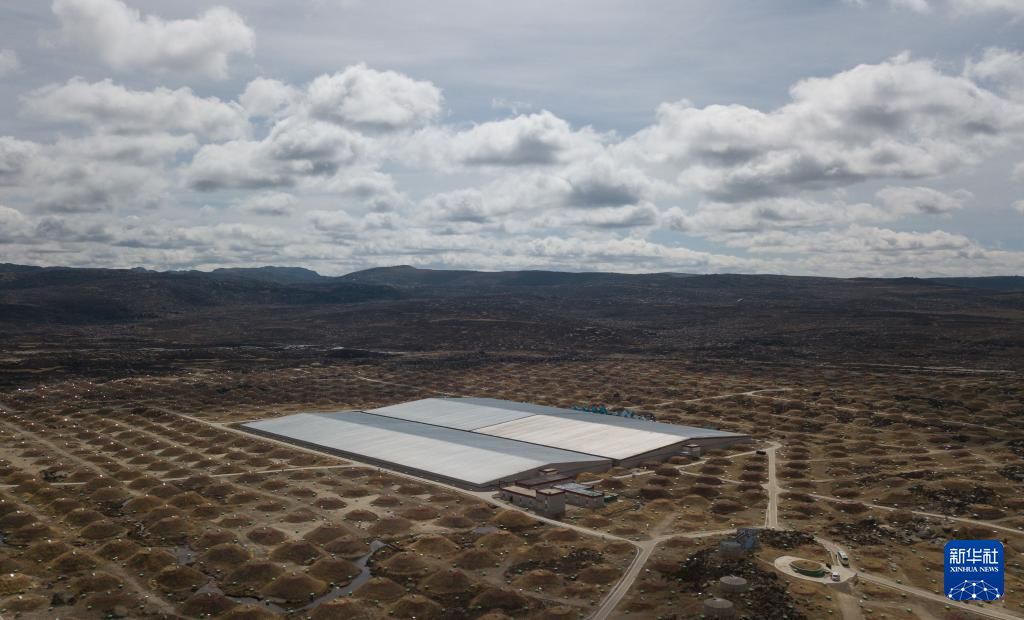
This aerial photo taken on April 22, 2023 shows LHAASO in Daocheng County, southwest China's Sichuan Province. (Xinhua/Jin Liwang)
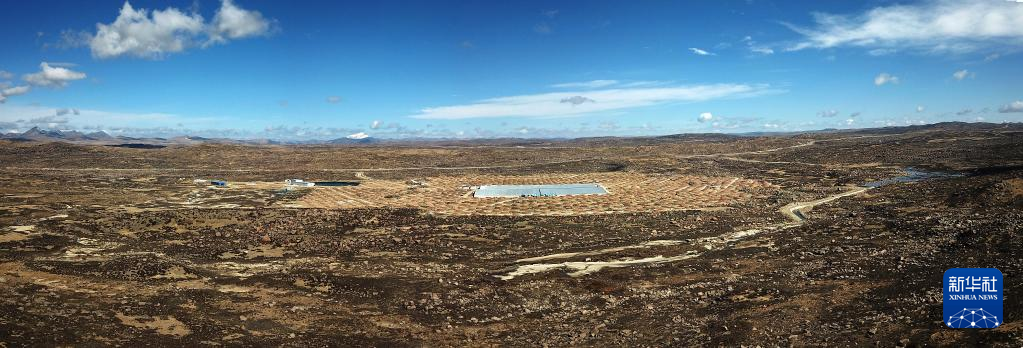
This aerial panorama photo taken on April 21, 2023 shows LHAASO in Daocheng County, southwest China's Sichuan Province. (Xinhua/Jin Liwang)

This photo taken on April 22, 2023 shows a demonstration for photomultiplier tubes at LHAASO in Daocheng County, southwest China's Sichuan Province. (Xinhua/Jin Liwang)
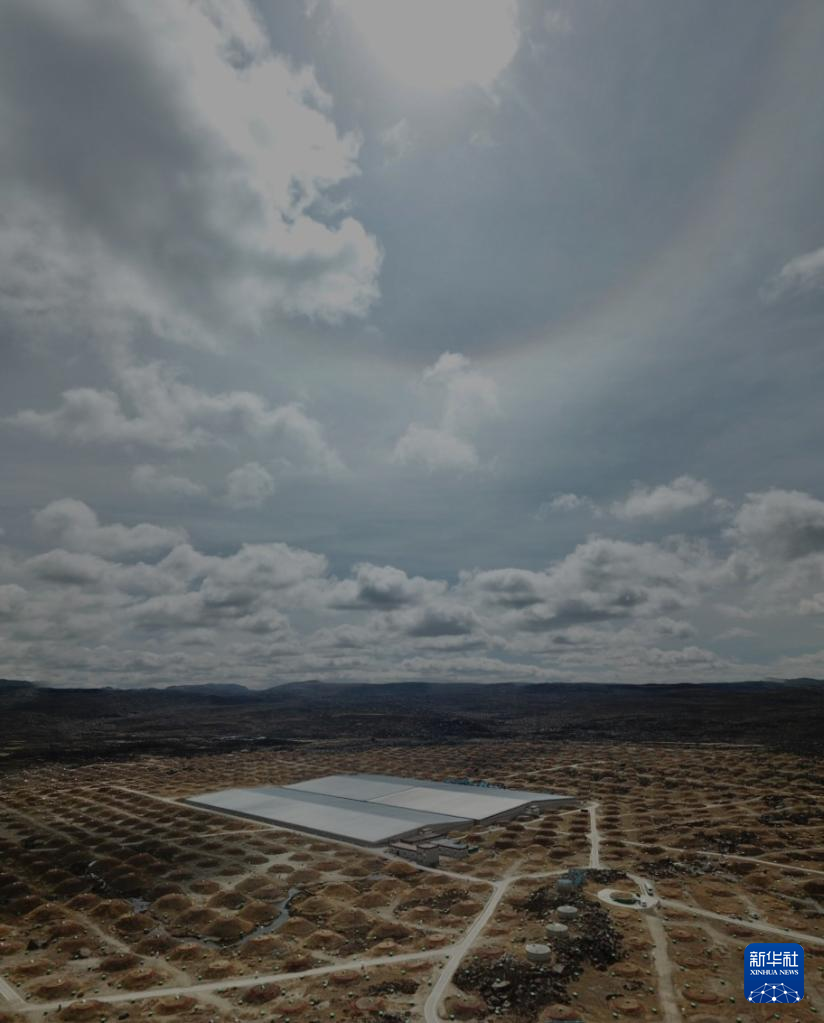
This aerial photo taken on April 22, 2023 shows LHAASO in Daocheng County, southwest China's Sichuan Province. (Xinhua/Jin Liwang)
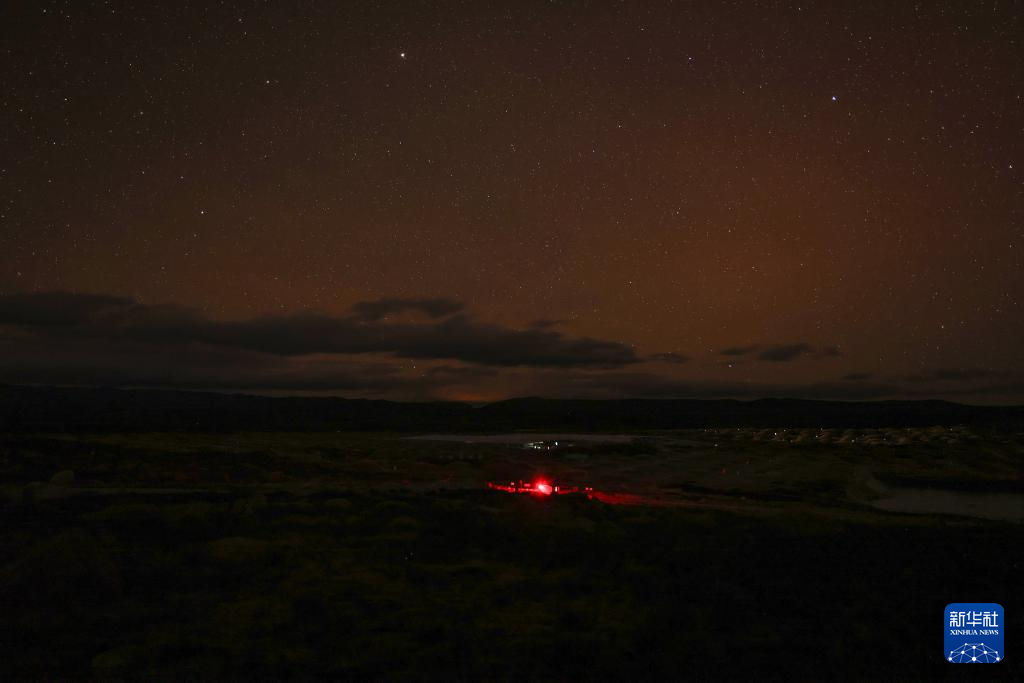
This photo taken on April 21, 2023 shows the night sky above LHAASO in Daocheng County, southwest China's Sichuan Province. (Xinhua/Jin Liwang)
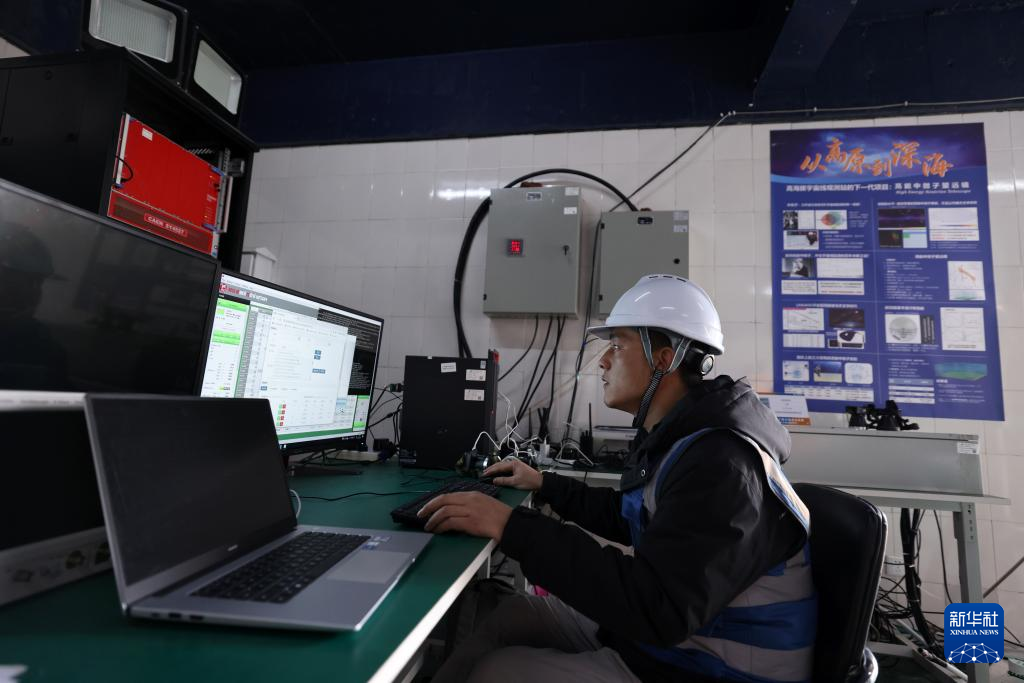
A staff member works on data at LHAASO in Daocheng County, southwest China's Sichuan Province, April 22, 2023. (Xinhua/Jin Liwang)
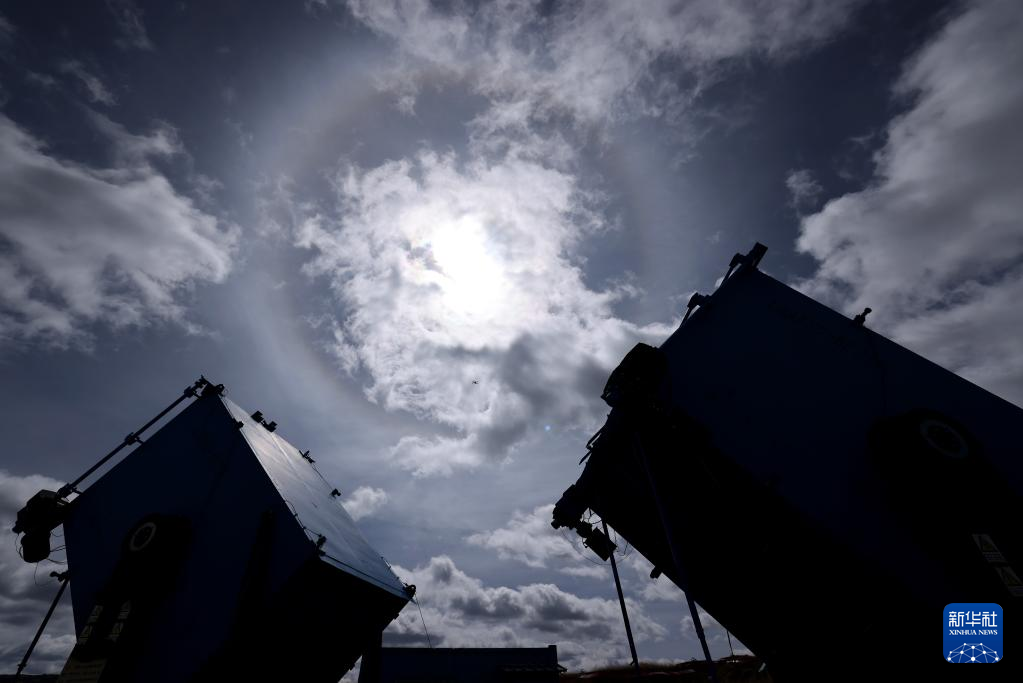
This photo taken on April 22, 2023 shows the wide-field-of-view Cherenkov telescopes at LHAASO in Daocheng County, southwest China's Sichuan Province. (Xinhua/Jin Liwang)
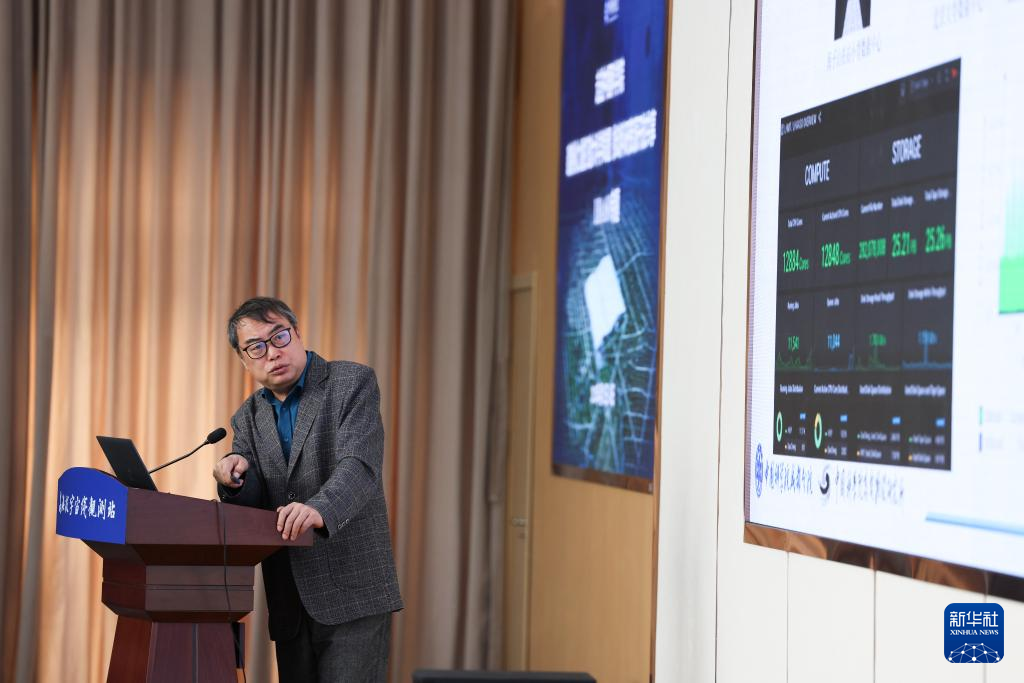
Cao Zhen, chief scientist at LHAASO and a researcher at the Institute of High Energy Physics under CAS, speaks during a briefing in Chengdu, southwest China's Sichuan Province, April 23, 2023. (Xinhua/Jin Liwang)

A staff member operates a device at LHAASO in Daocheng County, southwest China's Sichuan Province, April 22, 2023. (Xinhua/Jin Liwang)
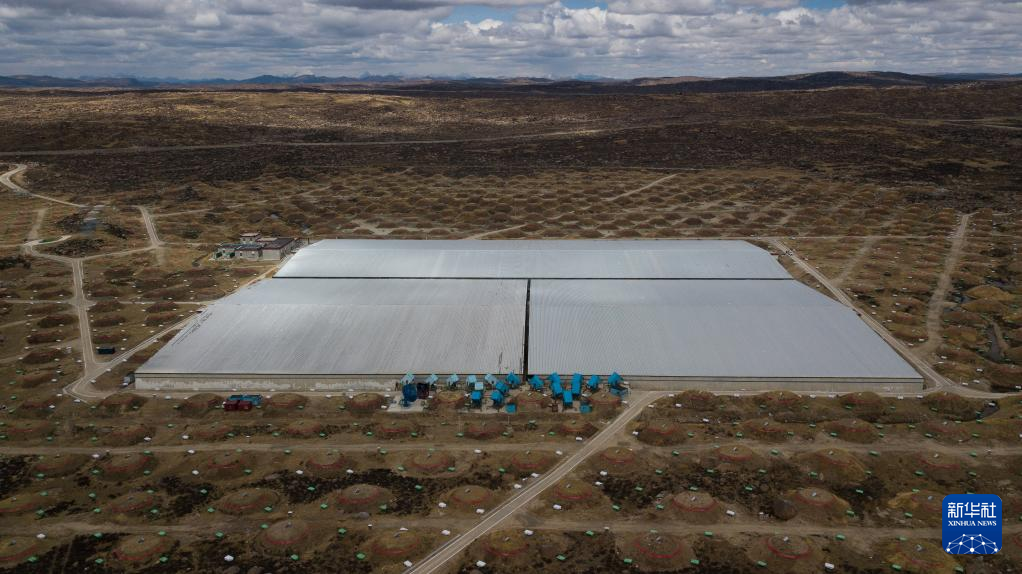
This aerial photo taken on April 21, 2023 shows LHAASO in Daocheng County, southwest China's Sichuan Province. (Xinhua/Jin Liwang)



